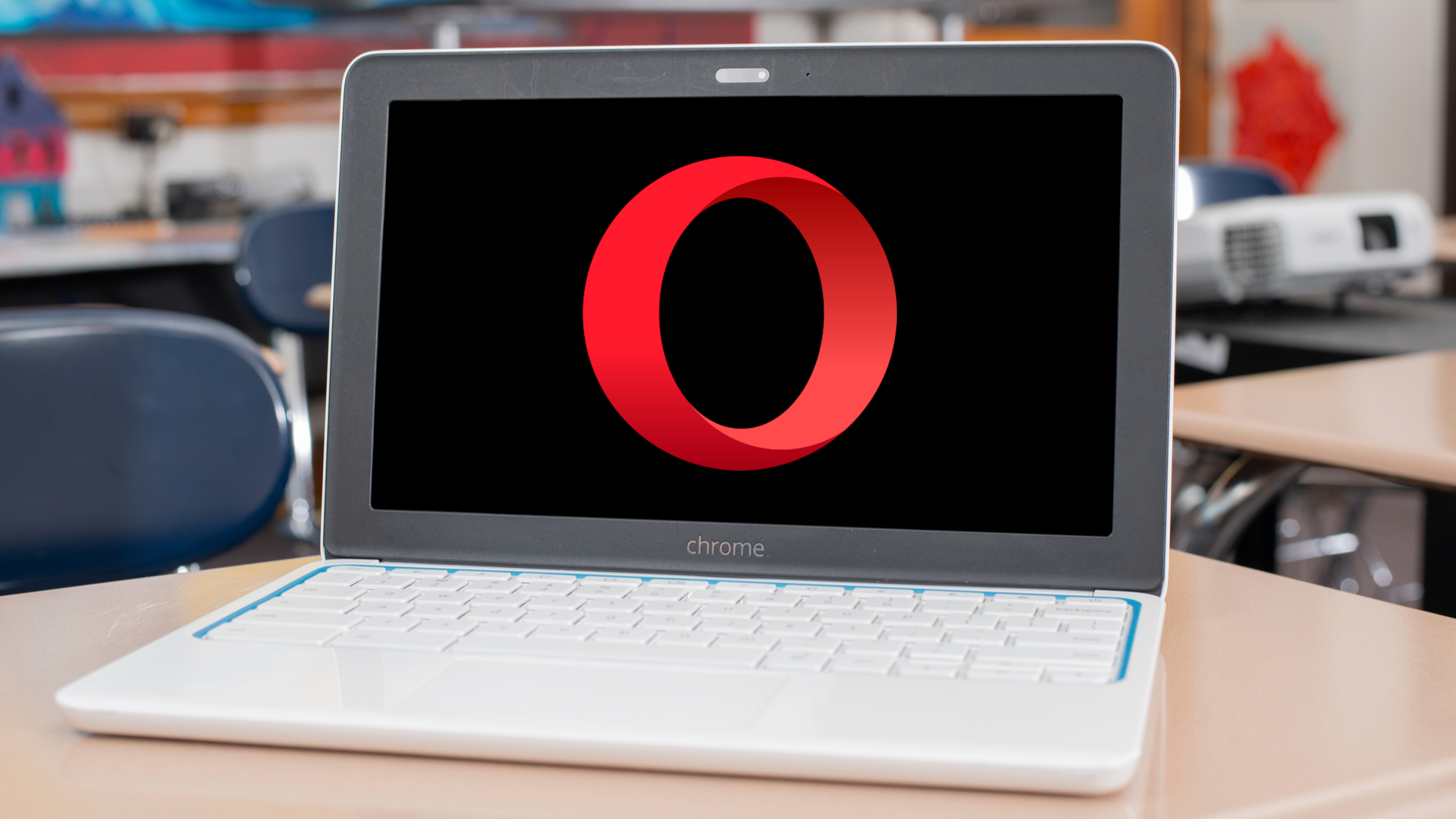The Opera browser is still singing at 30 - and with its recent AI upgrade it's come a long way from the days of floppy disks
Opera might not boast the biggest userbase, but it’s still going strong after all these years

- The Opera browser is 30 today, and it's still going strong
- The pioneering browser brought us many familiar features
- It's market share is dipping, but it's making gains in some areas
The web is a very different place today than it was in 1995, but there’s been one constant - Opera browser.
If you’re not familiar with Opera, it holds the title of being one of the true old timers of the world wide web alongside Internet Explorer.
The origins of the browser began in Norway in the mid-90s. Founders Jon Stephenson von Tetzchner and Geir Ivarsøy began work on the browser while working for telecommunications giant Telenor.
This was initially an internal project aimed at developing web browsing software for the company, but the duo eventually founded their own company, Opera Software.
Originally called ‘MultiTorg Opera’, the browser officially launched on April 10th 1995, and was available on floppy disks. Users had to pay to use it at first, providing they were content after an initial trial period. Like we said, it was a long time ago.
The public release didn’t come until 1996 with version 2.10, which ran on Windows 95.
From there, though, the browser flourished. And it was something of a trailblazer for many years. A host of the key features you’ll use on a daily basis either take inspiration from Opera’s early innovation or have been inspired by the browser.
Are you a pro? Subscribe to our newsletter
Sign up to the TechRadar Pro newsletter to get all the top news, opinion, features and guidance your business needs to succeed!
Opera was best known for its ‘multiple document interface (MDI)’ and ‘hotlist’ (or sidebar) features. Similarly, in the year 2000, the company launched the tabs and search bar functions - two key functions that allowed the user to browse several pages in a single sitting and source information with ease.
Indeed, 2000 was a big year for the browser. The Opera 4.0 release boasted cross-platform capabilities, enabling the creation of editions for use on multiple operating systems and platforms. The world was no longer a complete Microsoft shop at that point, so the developers had to adapt.
Moreover, that year also saw the release of version 5.0. As mentioned, until that point the browser was essentially ‘trialware’ that users had to purchase after an initial period.
The 5.0 update changed things altogether, making it an ad-sponsored browser that generated advertisements to those who hadn’t paid for it.
This marked a significant moment for the browser. Headlines at the time hailed the move as a big moment in the ‘browser wars’ between Opera, AOL/Netscape, and Internet Explorer.
“Today Opera’s status as just an alternative browser for the most Internet savvy users is ending, and we place ourselves firmly in the middle of the on-going Browser War,” Tetzchner said in an announcement at the time.
“From today everyone will have the opportunity to get the best Internet experience available completely for free,” he ends.
That same announcement also saw a foreboding warning from the chief technology officer, Hakon Lie, who remarked that the inclusion of ads “will not slow Opera down, nor diminish the Internet experience”. If only they’d known.
Opera’s experience with ads was rather short-lived, in fairness. With 2005 came the release of version 8.5, which removed ads completely. This came about due to a deal with Google, which became the browser’s primary search engine and source of revenue.
Opera is still going strong
So what’s Opera doing today? The browser is still going strong, commanding a userbase of just under 400 million globally. Figures from Statcounter show the browser commands a 2.14% share of the global market.
Naturally, that pales in comparison to Chrome, for example, which holds a 66.16% share. Safari and Edge come in at a distant second and third with 17.62% and 5.17% respectively.
While it doesn’t boast the same numbers as Chrome or other browsers on the market, it’s still a piece of internet history and showcases the longevity and popularity of the browser.
Figures from the company show it’s still performing well, recording a 53% increase in user growth in western markets in recent years and recording profit growth.
The firm’s Opera One browser is widely available on Android and iOS as well as PC and Mac devices, as is the Opera GX browser.
More recently, the firm introduced AI features on the browser, much like competitors at Google and Microsoft.
Opera’s ‘Aria’ AI assistant is available in-browser, helping support users across a variety of functions such as online shopping. The AI tool is able to generate text, images, and can be used on both the mobile and desktop versions.
You might also like
Ross Kelly is News & Analysis Editor at ITPro, responsible for leading the brand's news output and in-depth reporting on the latest stories from across the business technology landscape.
You must confirm your public display name before commenting
Please logout and then login again, you will then be prompted to enter your display name.